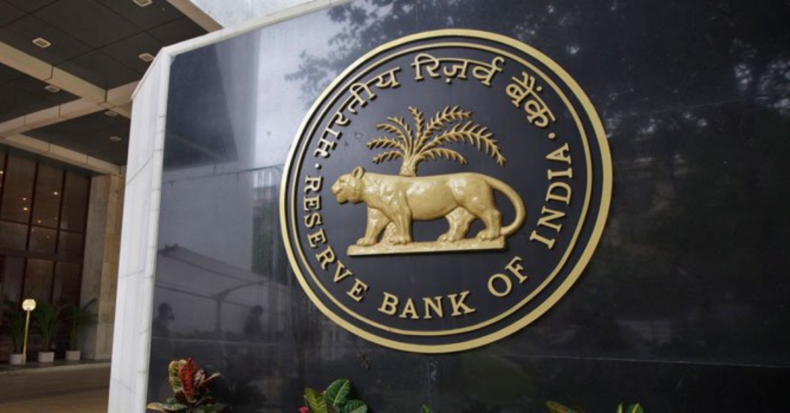Under the Retail scheme, people invest in central government securities, treasury bills, state development loans and sovereign gold bonds through a portal. Prime Minister Narendra Modi launched two vital customer-centric initiatives of the RBI on Friday.
This will allow retail investors to easily invest in government securities for the sake to improve the grievance mechanism for resolving customer complaints of banks and other entities, which the central bank regulates.
Functioning of the retail scheme
Under the Retail Scheme, people can invest in central government securities, treasury bills, state development loans and sovereign gold bonds through a portal. It will propel Indians into the league of some of the countries that offer such a facility.
“Investors are now able to easily open and maintain their government securities account online with the RBI, free of cost,” the Prime Minister said.
The analysts said, ” There has been 14 per cent rise in oil prices to USD 83 per barrel and also 15 per cent increase in coal rate to USD 200 per tonne.”
They added, ” This rise in the prices, especially oil has increased concerns of higher inflation, and whether this could lead monetary policy .” They said that there are many risks to inflation, and also, growth won’t improve from a two-year compounded annual growth rate. It may also, in turn, lead to the equalization of the policy.
Cause of Inflation
Inflation will also rise to 55 per cent by 2022, and it was found below the 5 per cent mark in the previous readings. The analysts said that a simultaneous rise in commodities such as oil and coal significantly increases inflation risks.
Considering a complete pass, through the 10 per cent rise in oil prices may increase the CPI inflation by 0. 45 per cent.CPI is Consumer Price Index. But on the present account balance side, it gave India imports of oil demands of about 80 per cent, a 10 per cent rise in the price of oil can increase the CAD by 0.30 per cent of the Gross Domestic Product (GDP), said the oil analysts.
CAD is a Current Account Deficit. Moreover, it, along with the exports, will also ensure that the current account gap remains closed to at least 1 per cent in FY22, they said.
The Integrated Ombudsman scheme
The second initiative, the Integrated Ombudsman scheme, aims at bolstering the grievance redress mechanism for resolving customer complaints against entities regulated by the RBI, such as banks, NBFCs and non –bank payment system participants.
The scheme will be based on ‘One Nation- One Ombudsman’ with one portal, one email, and one address for the customer to lodge their complaints. At present, RBI has three separate ombudsmen- for banks, NBFCs and digital payments.
These are operated by 22 RBI ombudsman officers across the country. They will be integrated into one centralized scheme to make the grievance redress mechanism simpler and much more effective.
Customers will lodge complaints, submit documents, track status and give feedback through a single email address under the new scheme. There will also be a multilingual toll-free number that will provide all relevant information on grievance redress.
Facility to the people
This mechanism will continue to be accessible for the customers. The complaints which are not covered under the ombudsman scheme will continue to be addressed by the Customer Education and Safeguarding cells located in the 30 regional offices of the RBI.
As for the Retail scheme, people can also access the online portal to open securities for the accounts with the central bank, bid them in primary auctions, and buy and sell the papers.
They can make the payment for transactions through internet banking and the UPI, using their savings bank accounts. The investor support facility will be made available via telephone, emails and through the internet.
Providing transaction and balance statements, nomination facility pledges and gift transactions etc. are general.













